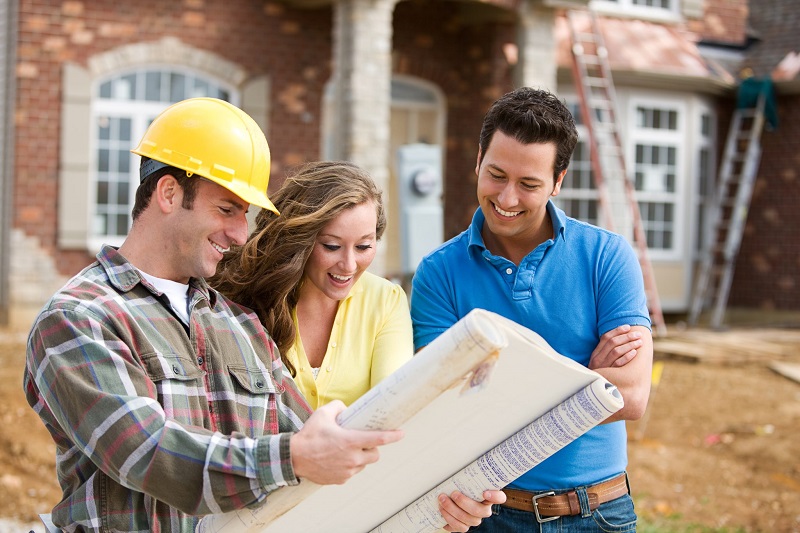One of the silent concerns that bode ominously for many homeowners is the health of their house stumps. Have you ever wondered what underpins your beloved home, literally? What if those dependable chunks of wood or concrete have started to wear out, will our top-tier interior design save us, or do we need to consider taking certain important actions? In this comprehensive exploration into the world of house stumps, we delve into the nitty-gritty of why and when these below-the-surface components need attention.
This post strives to elucidate the significance of house stump replacement. From demystifying common misconceptions, and uncovering the main reasons necessitating replacement, to spelling out the ramifications of procrastination. So, stay glued, as we sift through the layers of this crucial, yet often overlooked part of home maintenance.
 |
House Stump Replacement |
The Rationale Behind House Stump Replacement
So you may ask, why is there a need for house stump replacement? To explain, house stumps bear the structural load of a dwelling. They form the foundation which supports, balances, and anchors the house securely to the ground. But over time, these robust constructs inevitably fall victim to ageing, weather-related wear and tear, or degradation due to pests. The structural integrity and safety of your home then plunge into jeopardy. It becomes a ticking time bomb, teetering on failing stumps that could cause property damage, or worse, pose a potential threat to occupants' safety.
Common Culprits Behind Deteriorating Stumps
A plethora of factors contribute to the degradation of house stumps. The most common is duration, as time inevitably wears down every material. If your stumps are made of wood, you need to be extra vigilant about termites or wood-decaying fungi. Even concrete stumps can erode due to ground moisture. Perhaps you are oblivious to signs of disturbance beneath you — uneven floors, cracks on walls, doors not aligning — all red flags of stump degradation.
The 'When' and 'How' of Stump Replacement
So, when exactly should you consider replacing your stumps? Watch out for signs of wear and irregularities around your home. If you notice any, seek professional advice immediately. The ideal way to replace your stumps involves careful planning, experts with the right expertise, and the appropriate equipment.
 |
House Stump Replacement |
Pros and Cons of House Stump Replacement
Undoubtedly, stump replacement is involved and comes with a cost. But the peace of mind it provides and the potential mishaps it prevents far outweigh the financial implications. However, in no situation should you consider it a do-it-yourself venture. Leaving it to the professionals is not just safer but ensures high-quality workmanship that guarantees long-term property safety.
Weighing Your Choices: Wood or Concrete?
Finally, if you're replacing your stumps, you're faced with an important question: Wood or concrete? Each material possesses its merits and shortcomings. Wood tends to be cheaper but is susceptible to pests and decay; concrete, on the other hand, is costlier but offers considerably more durability and resistance to weather.
Conclusion
To sum up, the integrity of house stumps plays a pivotal role in the safety and longevity of our homes. Though they remain 'out of sight, out of mind' for many homeowners, the nuances of house stump maintenance and replacement are undisputedly cardinal. Ignoring the signs of their decay can lead to jeopardizing the entire structure. Thus, remember, the best time to replace the stumps, it’s not after, but before, disaster strikes. A sturdy foundation ensures a safe home; make the smart choice and invest in the well-being of your abode. May your home stand tall, just as the reliability of its stumps. Stay tuned for more such important discussions about home care on this platform.

.png)


No comments:
Post a Comment